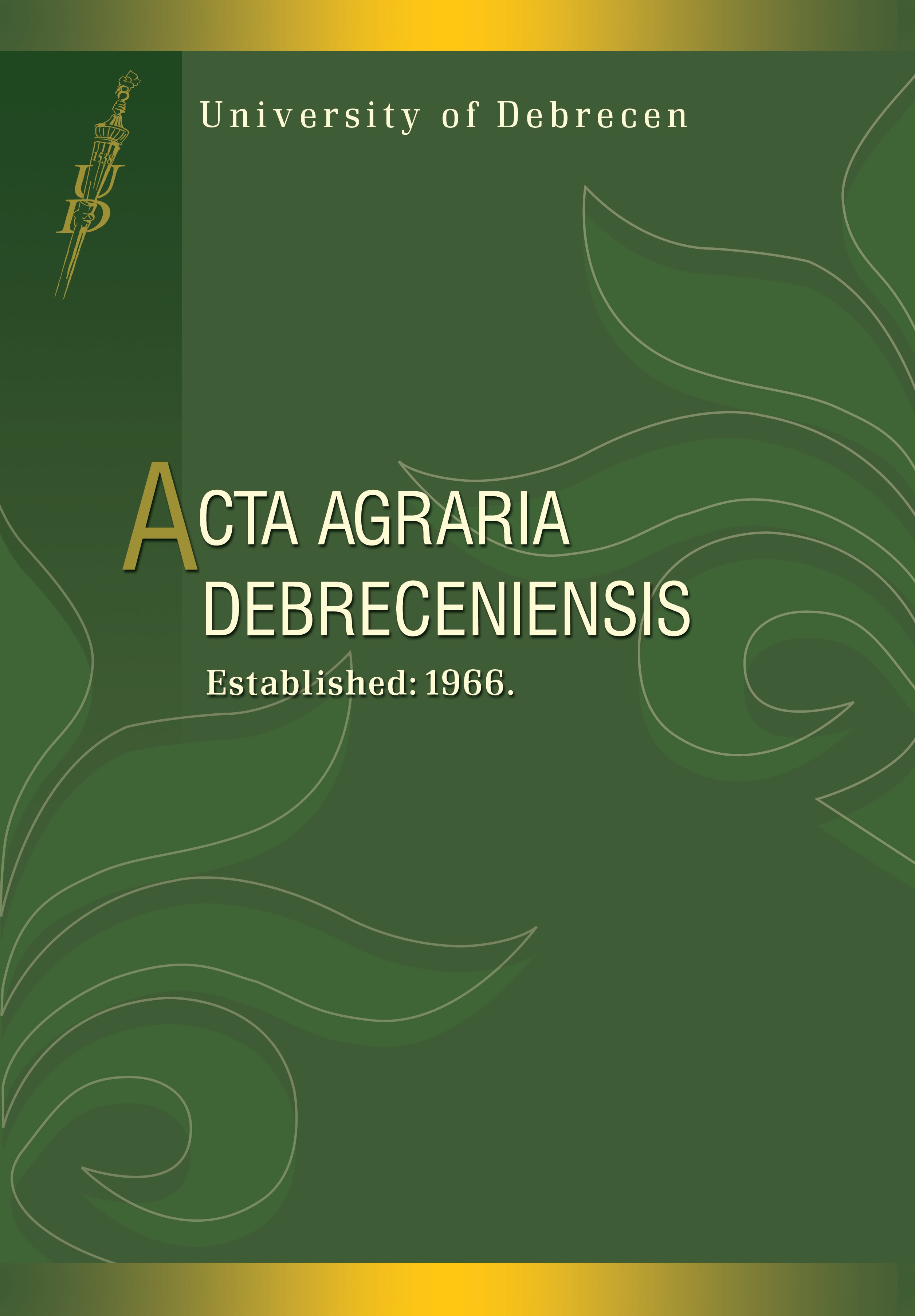Examination of the usability of the MALDI-TOF method in sunflower genetic identity analyses
Authors
View
Keywords
How To Cite
Abstract
Economically, one of our most important crop is the sunflower. Regarding its production it is essential to use top quality seeds. As the conditions of seed certification and the certification parameters are regulated by laws and ordinances, it is highly important to farmers and seed producers to detect seeds of low quality or dubious origins.
Nowadays, the examination of the cultivar homogenity of sunflower is based on a reference method of the International Seed Testing Association Rules International (ISTA), Chapter 8. This standard reference method uses ultrathin poliakrilamid isoelectric focusing gel electrophoresis (IEF-UTL, or simply IEF). With this work we have set out to compare the results of MALDI-TOF to the test results – used as reference results – achieved by this reference method. The aim is to develop a new, quick, cheap and reliable method. In this article I summarized the results of some of the experiments that will provide basis for my further work.
During our previous experiments we have concluded that out of four extracting agents we can get the most protein markers using NaCl acid buffer, 1 propanol buffer.

 https://doi.org/10.34101/actaagrar/72/1582
https://doi.org/10.34101/actaagrar/72/1582